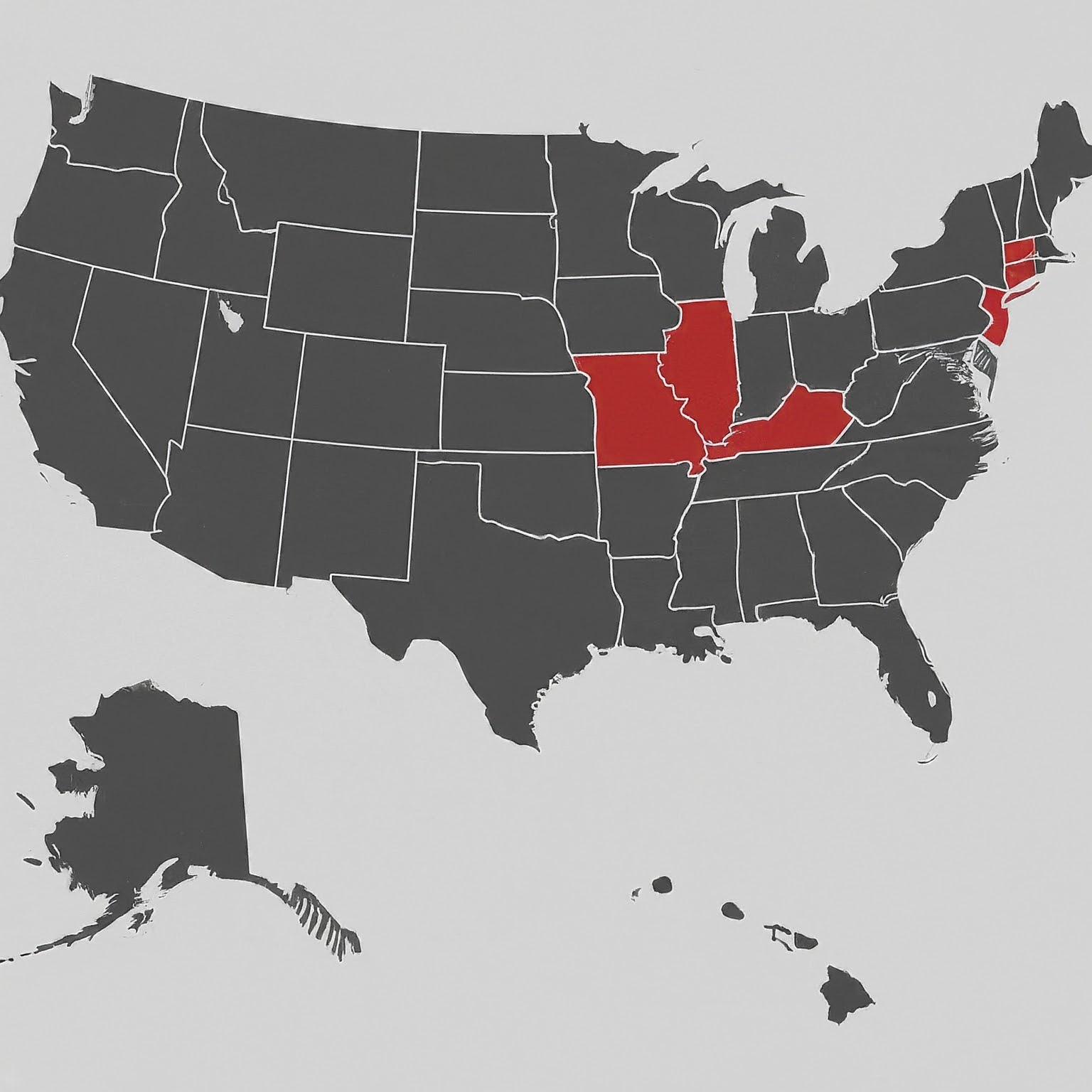The 800 area code is a well-known and widely recognized prefix in North America, representing a significant milestone in the history of telecommunications. Unlike traditional area codes that are geographically bound, the 800 area code is a non-geographic code, specifically designated for toll-free calls.

Introduced on January 1, 1967, the 800 area code revolutionized the way businesses interacted with customers. It allowed companies to provide a free and convenient way for customers to contact them, regardless of their location. This led to a significant increase in customer service and sales calls, as well as a boost in brand recognition and trust.
Over the years, the 800 area code has become a staple in the business world, used by companies of all sizes and industries. It is commonly associated with customer service hotlines, technical support lines, and sales lines. The 800 area code has also been used for charitable organizations, political campaigns, and even personal vanity numbers.
Due to the increasing demand for toll-free numbers, additional non-geographic area codes have been introduced over time, including 888, 877, 866, 855, 844, and 833. These codes, along with the 800 area code, provide a vast pool of numbers for businesses and organizations to choose from.
While the 800 area code is primarily used for legitimate purposes, it has also been exploited by scammers and telemarketers. Therefore, it is important to exercise caution when receiving calls from unfamiliar numbers, even if they have the 800 area code. Always verify the identity of the caller before sharing any personal information.
In conclusion, the 800 area code is a true pioneer in the world of telecommunications. It revolutionized the way businesses interact with customers and paved the way for the development of other non-geographic area codes. While its primary use remains for toll-free services, the 800 area code continues to evolve and adapt to the changing needs of the digital age.
لا تعليق